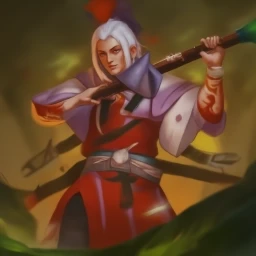Fan fiction and fan art have long been cornerstones of gaming fandoms, serving as creative outlets where players expand upon their favorite characters, stories, and worlds. These forms of expression allow fans to engage with games in deeply personal ways, blurring the lines between consumer and creator.
Fan fiction often explores alternate storylines, backstories, or romantic pairings not explored in the original game. For example, fans of Mass Effect or Dragon Age frequently write narratives that dive into character relationships, moral dilemmas, or what happens after the game ends. These stories offer new perspectives and emotional depth, showing just how invested players are in the fictional universes they love.
Fan art, meanwhile, transforms digital characters into physical and visual expressions. Whether it’s anime-style reimaginings, hyper-realistic portraits, or funny comics, fan artists contribute to a constantly evolving visual culture around games. Platforms like DeviantArt, Twitter, and Tumblr are filled with stunning tributes to franchises like The Legend of Zelda, Overwatch, and Undertale.
Game developers are increasingly embracing this fan-made content. Some studios promote fan art contests, feature community creations on official channels, or even collaborate with fans on merchandise. This mutual recognition strengthens the bond between developers and their communities.
Moreover, fan creations can influence game culture and even future content. Developers pay attention to which characters or themes resonate most with fans, sometimes adjusting marketing or DLCs accordingly.
In short, fan fiction and fan art aren’t just side hobbies — they’re vital expressions of how games touch people emotionally, inspire creativity, and build lifelong communities.

Leave a Reply